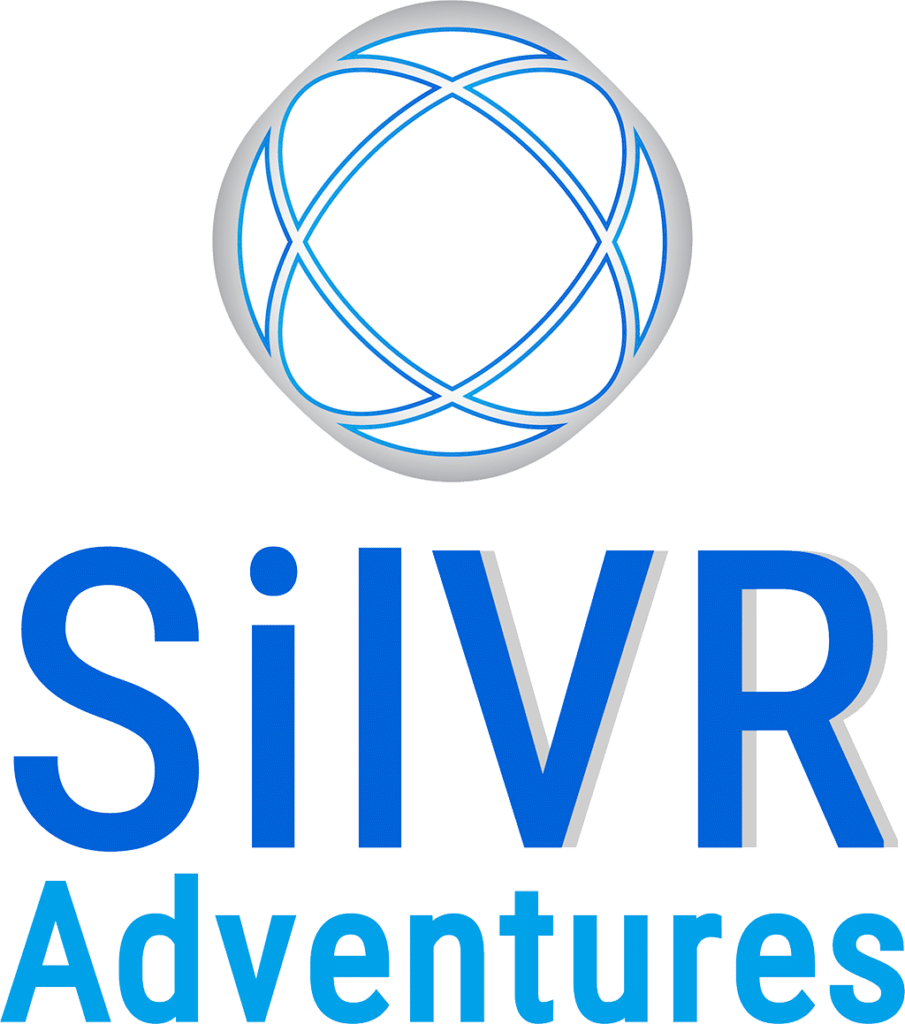
Virtual reality (VR) is more than just a technological tool—it’s a powerful way to engage, stimulate memories, foster connections, and bring joy to older adults. This module focuses on how to create meaningful VR experiences that align with each participant’s identity, values, and personal history.

To maximise the impact of your SilVR Adventures VR sessions, it’s essential to establish clear goals and evaluation methods. A well-structured approach ensures that each participant’s experience is tailored to their expectations, personal preferences, and well-being.
Virtual reality (VR) is more than just a technological tool—it’s a powerful way to engage, stimulate memories, foster connections, and bring joy to older adults. This module focuses on how to create meaningful VR experiences that align with each participant’s identity, values, and personal history.
Encourage participants to reflect on their experiences before and after their VR sessions. This not only enhances their engagement but also provides valuable insights into their emotional and cognitive responses.
Before the session:
After the session:
This reflection helps capture personal meaning and can spark important memories or emotions.
VR has the potential to transform the way support workers and carers engage with older adults. Before and after using the VR headsets, staff can reflect on how the technology influences their caregiving approach.
Before using VR:
After using VR:
Encouraging staff to reflect on these insights supports continuous improvement and greater integration of VR into care routines.
In addition to verbal feedback, facilitators should observe and document participant reactions during and after the VR sessions.
Key observational prompts:
We are happy to help by creating a bespoke, user-friendly, web-based scorecard survey on request.
These notes provide qualitative data that can be analysed over time to understand patterns of engagement and well-being improvements.
A structured team reflection routine can help refine and enhance the VR program over time. A monthly 1-hour team discussion is recommended to:
This collaborative approach ensures ongoing program evolution and strengthens the effectiveness of VR in aged care settings.
By embedding meaningful evaluation and reflection into your VR sessions, you can enhance participant engagement, create deeply personal experiences, and maximize the therapeutic and social benefits of virtual reality. SilVR Adventures is committed to helping you transform aged care through technology-driven well-being and connection.
